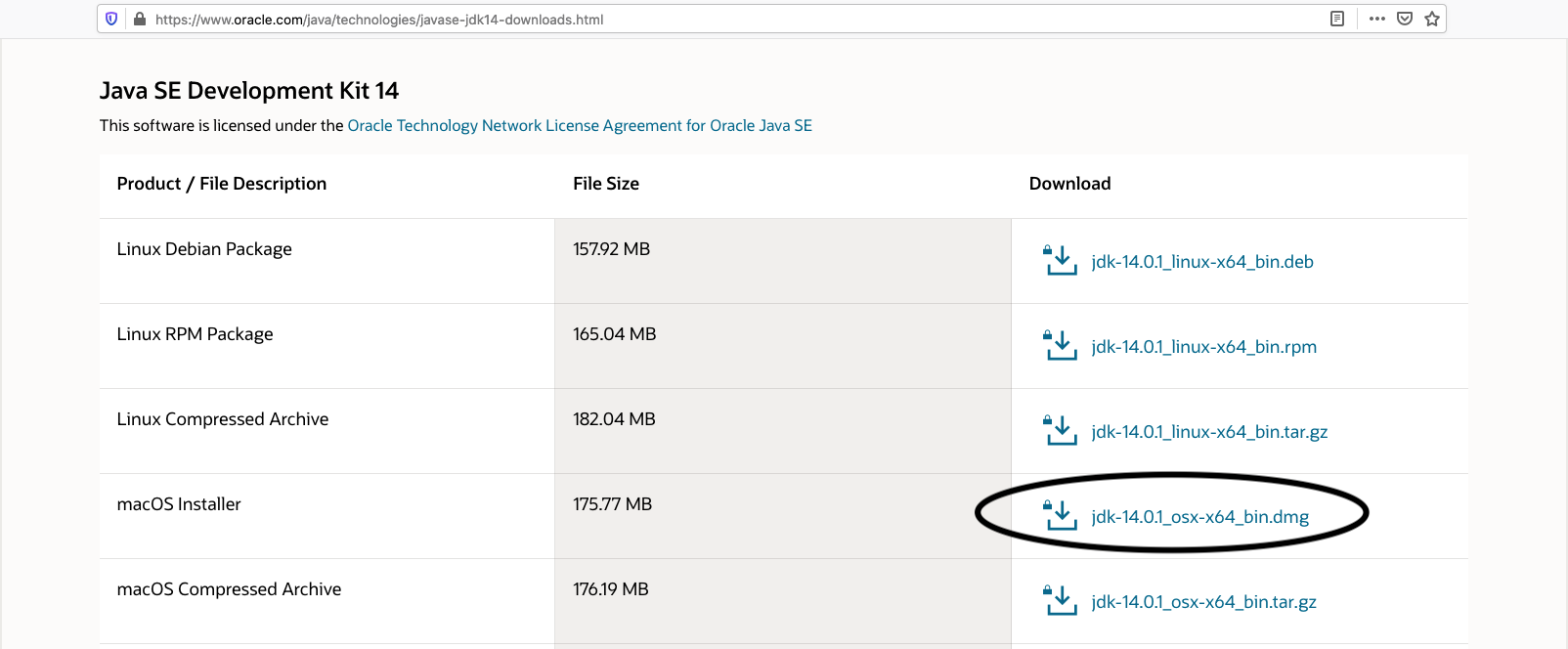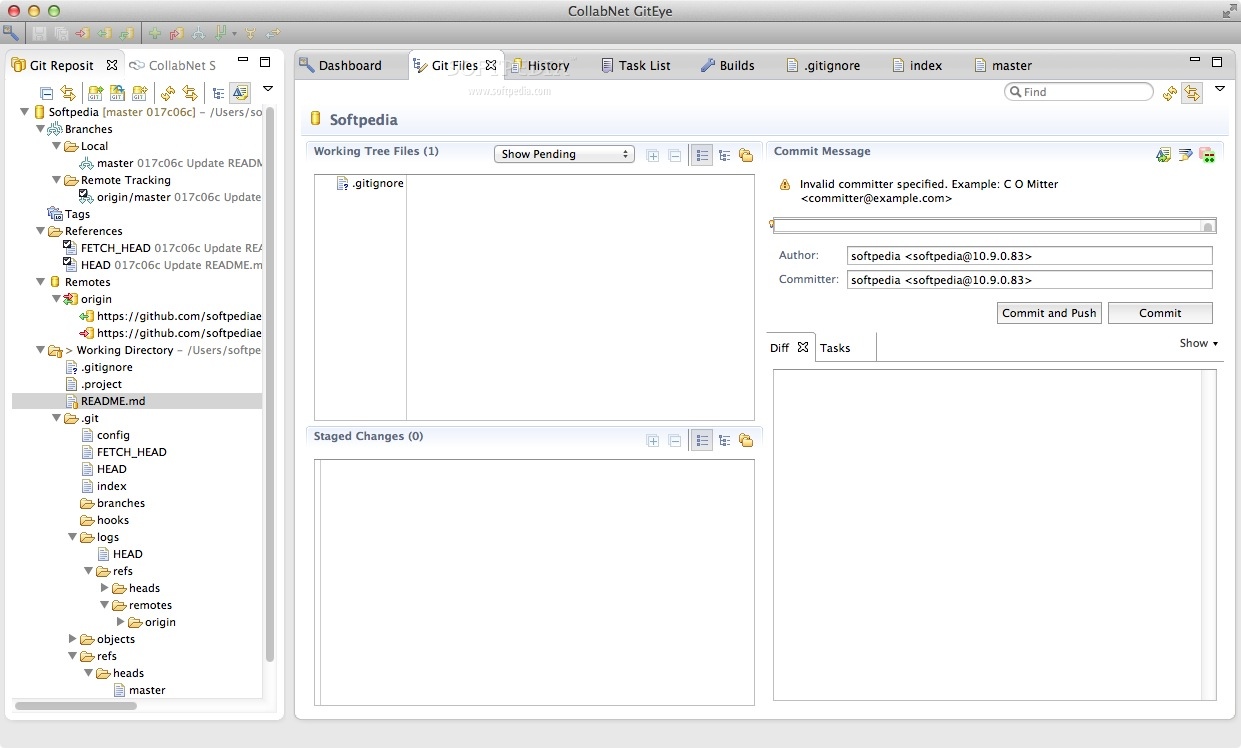Download Java for OS X 2017-001 Java for macOS 2017-001 installs the legacy Java 6 runtime for macOS 10.13 High Sierra, macOS 10.12 Sierra, macOS 10.11 El Capitan, macOS 10.10 Yosemite, macOS 10.9 Mavericks, macOS 10.8 Mountain Lion, and macOS 10.7 Lion. Oracle also provides the latest OpenJDK release under the open source GPL License at jdk.java.net. If you want to develop applications for Java, download the Java Development Kit, or JDK™. The JDK includes the JRE, so you do not have to download both separately. The Vendor column indicates whether the Java release is supplied by Apple or Oracle. The Version column specifies the version of Java that is installed. Reordering the list, by dragging Java SE 10 to the top, makes it the default version of Java. If you install only Oracle Java JRE 10, then it will not appear in. After installing Java for macOS 2012-006, can I continue to use Apple's Java 6 alongside the macOS JDK for Java 11? If you want to continue to develop with Java 6 using command-line, then you can modify the startup script for your favorite command environment.
This page describes how to install and uninstall JRE 8 on OS X computers.
I have a MacBook Pro, for which I need to download Java Runtime Environment. Now, my Mac refuses to accept this SW as it is not acquired from App Store.
Note: The JRE installation includes the JavaFX Runtime which is incorporated into the same directory structure. |

This page has these topics:
See 'JDK 8 and JRE 8 Installation Start Here' for general information about installing JDK 8 and JRE 8.
See 'OS X Platform Install FAQ' for general information about installing JRE 8 on OS X.
System Requirements
Observe these requirements:
Any Intel-based computer running OS X 10.8 (Mountain Lion) or later.
Administrator privileges.
Note that installing the JRE on OS X is performed on a system-wide basis, for all users, and administrator privileges are required. You cannot install Java for a single user.
Only one JRE can be installed at a time. The system will not install a JRE that has a lower version than the current version. If you wish to install a lower version of the JRE, uninstall the current version as described in 'Uninstalling the JRE'.
Installing a JRE from Oracle will not update java -version symlinks or add java to your path. To be able to do this, you need to install the JDK.
JRE Downloaded File
Depending on your processor, the downloaded file has one of the following names, where version is the update number:
jre-8uversion-macosx-amd64.dmgjre-8uversion-macosx-x64.dmg
Download Java For Mac Without Oracle Account
Installing JRE 8u40
If you are installing JRE 8u40, then follow these steps:
Download the file.
Before the file can be downloaded, you must accept the license agreement.
From either the Downloads window of the browser, or from the file browser, double click the file
.dmgto launch it.A Finder window appears containing an icon of an open box and the name of the
.appfile.Double click the package icon to launch the Install app.
A window appears that says, 'Java 8 Update 40 is trying to install a new helper tool. Type your password to allow this.'
Enter the Administrator login name and password and then click Install Helper.
The Install app then displays the Introduction window.
Click Next.
Oracle has partnered with companies that offer various products. The installer may present you with the option to install these programs when you install Java. Specify if you want these programs installed and then click Next.
Note:
You can disable the presentation of offers during installation by specifying the--args SPONSORS=0option in the terminal command line. For example:open /Volumes/Java 8 Update 40/Java 8 Update 40.app --args SPONSORS=0An Installation Progress window is displayed. Once the software is installed, a confirmation window appears and then an applet is launched to verify the version of Java installed.
Delete the
.dmgfile if you want to save disk space.
Java Jdk Mac
Determining the Installed Version of the JRE
If you have not yet installed Apple's Java OS X 2012-006 update, then you are still using a version of Apple Java 6 that includes the plug-in and the Java Preferences app. See 'Note for Users of OS X that Include Apple Java 6 Plug-in'.
Only one JRE can be installed. Installing a JRE removes the previously installed JRE. The JRE version used by the system can be determined in one of two ways:
From System Preferences click the Java icon from the Other category. This launches the Java Control Panel. Click About.
Type the following in a Terminal window (note escaped space character, ignore line break):
The system will not install a JRE that has a lower version than the current version. If you want to install a lower version, first uninstall the existing version.
Uninstalling the JRE
To uninstall the JRE, you must have Administrator privileges and execute the remove commands either as root or by using the sudo(8) tool.
Remove one directory and one file (a symlink), as follows:
Navigate to
/Library/Internet Plug-Insand remove theJavaAppletPlugin.plugindirectory.Navigate to /
Library/PreferencePanesand removeJavaControlPanel.prefpane.
Do not attempt to uninstall Java by removing the Java tools from /usr/bin. This directory is part of the system software and any changes will be reset by Apple the next time you perform an update of the OS.
The following are the system requirements for installing the JDK and the JRE on macOS:
Any Intel-based computer running macOS.
Administrator privileges.
You cannot install Java for a single user. Installing the JDK and JRE on macOS is performed on a systemwide basis for all users. Administrator privileges are required to install the JDK and JRE on macOS.
When you install the JDK, it also installs the JRE. However, the system will not replace the current JRE with a lower version.
To determine the current JRE version installed on your system, see Determining the JRE Version Installed on macOS. To install an earlier version of the JRE, you must first uninstall the current version. See Uninstalling the JRE on macOS.
When you install the JRE, you can install only one JRE on your system at a time. The system will not install a JRE that has an earlier version than the current version.
To determine the current JRE version installed on your system, see Determining the JRE Version Installed on macOS. To install an earlier version of the JRE, you must first uninstall the current version. See Uninstalling the JRE on macOS.
Note:
Installing a JRE from Oracle will not update
java -versionsymlinks or addjavato your path. To do this, you must install the JDK.

